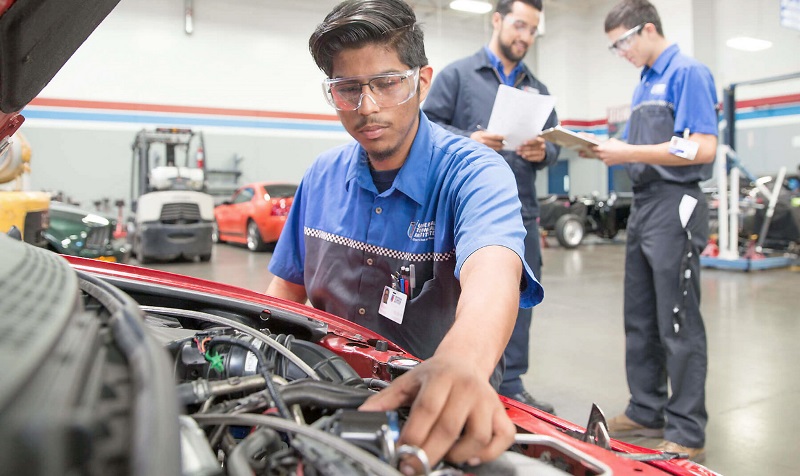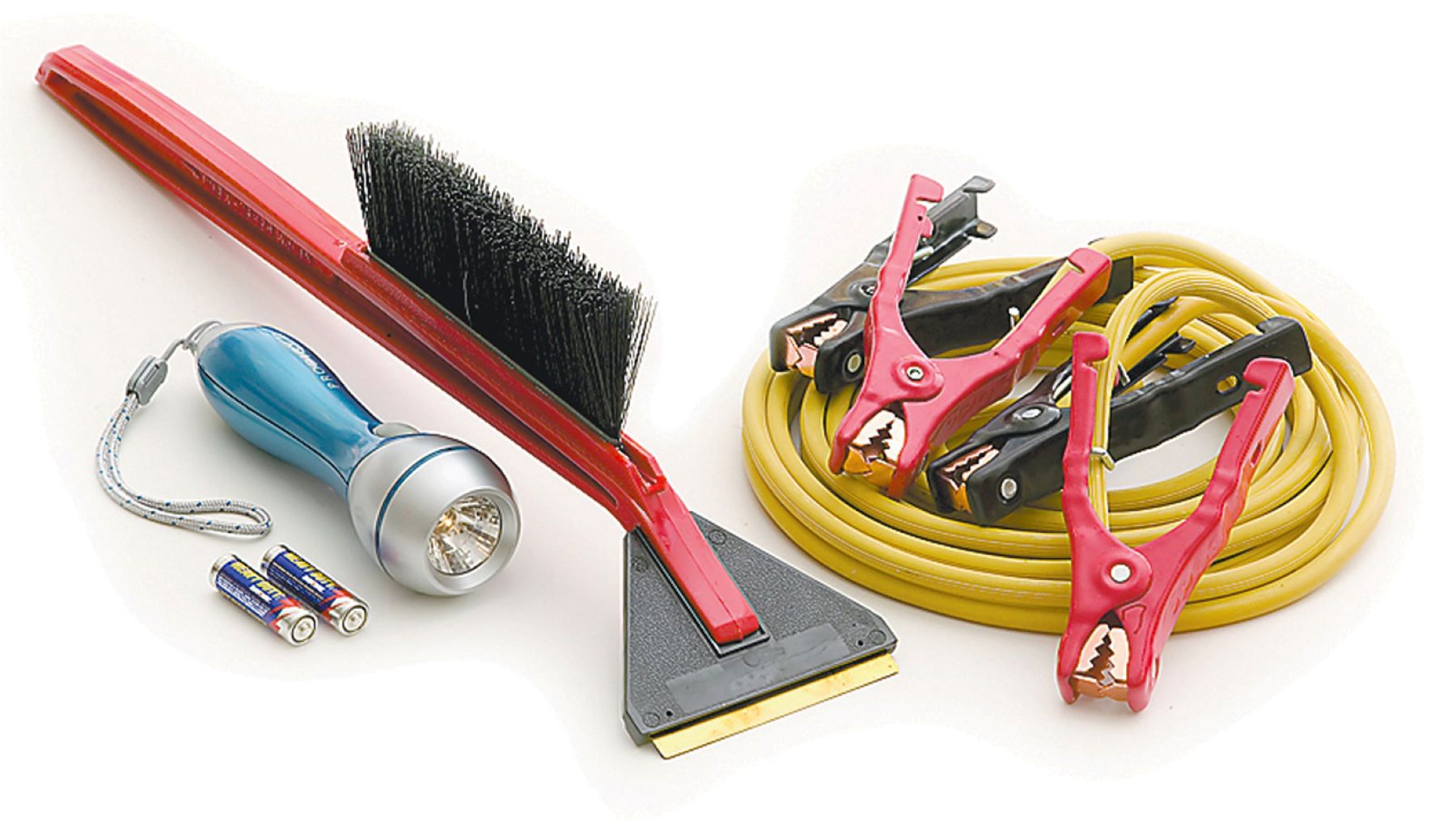
The Skoda Yeti is a Crossover class car with an elevated driving position and excellent all-round visibility. It handles like a Golf-sized family hatchback, with little body roll and loads of grip. It is firm and responsive, with both natural-feeling and direct electric power steering. But its high-tech interior and optional Adaptive Cruise Control add a premium feel that makes it an unmistakable head-turner.
1.2 TSI
Skoda Yeti's 1.2 TSI engines are a free-revving unit that provides good performance around town as well as on motorways. Despite lacking instant acceleration, the Yeti's engine is very satisfying to drive and complements the car's well-judged package. The vehicle's ground clearance is also a point of interest, and the car has a firm but comfortable ride.
Skoda Yeti, a mid-sized crossover, has strong off-road ability. It costs approximately PS20.800 for the 1.2TSI and starts at PS16.600 in the base S trim. The entry-level petrol version of the Juke is comparable in price to the petrol version and retails for around PS16,000. The Skoda Yeti's 1.2-litre petrol engine pairs with a six speed automatic transmission with paddle shifters. The Skoda Yeti costs less than the Juke and Qashqai. This is especially true for the 1.3L petrol model.

1.6 TDI
The Skoda Yeti is a small SUV with a diesel engine. The Skoda Stilli was launched in 2011 and has been on sale for over 11 years. The Yeti was available in three petrol and three diesel models. Both of these versions comply with EURO 5 emission standards. This car is excellent for people who need a high-performance vehicle. But, it is not recommended for those who are concerned about fuel efficiency.
Skoda Yeti 1.6 TSI Greentech Projection was manufactured from January 2014 through June 2015. The car is a heavy vehicle with a weight of 1410kg and can reach speeds of 176 km/h. The car is equipped with a 55-litre fuel container and a 5-speed manual transmission. The maximum payload capacity is 545 kg.
2.0 TDI
The 2.0 TDI, the entry-level diesel Skoda Yeti, is available. This model comes standard with front-wheel driving instead of Haldex's four-wheel drive. This is the version that will account for the majority of Yeti sales in Britain. It has a six or five-speed manual gearbox, and its looks are decidedly odd. It has a functional seating arrangement and switchgear, both derived from the Superb.
While the original Yeti wasn't very appealing, the new model looks much better. It has an entirely new look, without the distinctive inset foglights found in other VW Group cars. Skoda is competing against some of the most eye-catching rivals, even though styling changes can make or destroy a car. Which is better? Let's take a closer glance.

2.0-litre diesel
The Skoda Stilli 4x4 Crossover can be ordered with a DSG automated gearbox and a choice 110, 140 or 170 PS output. It comes in SE L and SE M trims. This diesel engine, which is made by Volkswagen, is very economical to run. It delivers smooth, low-rev torque that is well-suited for urban use.
Skoda Yeti 2.0 litre Diesel has existed since 2013. Production was continued into 2014 & 2015. The car has a 1968-cc engine and a six-speed manual gearbox. The car's acceleration is solid at nine seconds and it meets Euro 5 standards. Standard ABS and EBD are also available. It has a price tag of around PS20,000. Skoda Yeti 2.0L diesel diesel can be found at your local Skoda dealer.
FAQ
Is it worthwhile to become a mechanic?
The answer depends on what you are looking for in life. If money is your goal, then you can answer "yes". But if you are searching for meaning and purpose, then you should not answer this question.
If you don’t have any mechanical skills, it’s pointless to get into it. It will just waste your time. It won't make you wealthy. It won't make your name famous. And it's unlikely to change your life.
You'd need to spend years learning how everything works. This would mean that you would have to pay someone else for your car's repair. That's why most people don't bother doing it at all. They find something better to do instead.
You can make a lot of money if you are looking to do well. If you are looking for a fulfilling life, however, then stay clear of the mechanics' industry.
What is the difference between an automotive technician and a mechanic?
These two jobs are very similar but not identical. A mechanic repairs cars and an automotive technician performs maintenance.
A mechanic must be skilled in manual dexterity and able to complete simple tasks quickly. A mechanic must be able diagnose and fix problems quickly and accurately.
An automotive technician is required to have more technical knowledge than a mechanic. They should be able read blueprints and use tools like drills and wrenches.
They should also be capable of safely performing complex procedures. They need to be familiar with various types of engines and electrical system.
They must also be capable of understanding how parts interact.
As a result, a mechanic usually earns less money than an automotive technician. But there are many opportunities for both jobs.
Is it hard to be an apprentice mechanic?
It is not easy but it can be done quickly. There are many opportunities for advancement.
You must be patient and persistent. You will also need to be able fix cars, trucks and motorcycles.
Customers and family members will put pressure on your shoulders to help you succeed. You shouldn't feel pressured to make decisions that you don't like.
If you enjoy fixing cars, it could be a great career choice. It's a job where you can earn a decent salary and build up your business.
Perhaps you prefer a different route. In this case, you could consider becoming a technician instead.
This means that you can use your technical knowledge to help other workers. This could be a way to help technicians with their problems or to teach them new techniques.
Another option is to be a service advisor. You will offer assistance and advice to customers when they bring cars to a garage.
The decision you make will depend on what you are looking for. There are many options and you have the ability to choose the one that is right for you.
What are the requirements for an automotive technician?
You must have graduated high school or GED, with excellent English and math grades. Also, you must be able read and write. The written test will be passed and you will then have to take several practical exams before you can begin work.
What are the different types of jobs available in car mechanic?
Three main areas of employment are available for car mechanics:
-
Automotive repair shops
-
Dealerships
-
Independent garages
Automotive repair shops
Most people think of this as the first step to becoming a mechanic. It's actually the easiest way to start. Either you can work in a shop that is owned by another person or start your own business.
If you plan to work in a shop, you must apply to join the union. After you are accepted to the union, you will receive training from it.
Once you complete the training, it's time to get started.
You will need to register if your garage is going to be open. After you have registered, you will need to meet certain standards.
After you have registered, you will be issued a license to operate your garage.
You can sell spare parts or do minor repairs with your license. It will not allow you to repair major engine problems.
Customers will expect you to not only sell spare parts but also provide advice and guidance.
Dealership jobs
Most dealerships only employ mechanics who have a specific skill set. They might be able to only fix brakes or replace tires.
Some dealerships have the option to hire general mechanics who can take care of all aspects.
These positions often require applicants to undergo specific training before being allowed to work. This allows employers to select the most qualified candidates for their roles.
Some dealerships will hire graduates straight from college. These graduates have no difficulty learning about cars because they already know the basics and principles of mechanical engineering.
Independent garages
Independent garages do not belong to any dealership. They tend to be focused on high-quality service.
Independent garages can pay higher wages because they aren't associated with any company. Because these jobs don't have to be associated with any company, they can generally offer better wages than dealerships.
But this doesn't mean that independent garages are necessarily better places to work. Many owners prefer to control their businesses themselves, rather than delegating it to employees.
You may find yourself working for long hours and not having control over the day.
Additionally, you should expect to earn lower wages if employed by a dealership.
The good news? You can easily switch between different types of jobs. It is possible to switch between different types of jobs if your current employer would prefer you to work at a dealer.
If you prefer to work in an independent garage, you might consider applying directly to its owner.
Finding a new job is not always easy. You can earn more depending on many other factors.
You might also consider the vehicle type you repair, and whether extra labor is charged.
What is the length of an automotive training course?
A three-year course in automotive is required.
The first year of your training is devoted to theory. You will learn all about cars. The second year is dedicated to practical training, where you will learn how to fix cars, drive them, and do other jobs around the car. The final year includes a placement at an auto shop. This gives you real-world experience fixing real problems.
Statistics
- There were 749,900 jobs available for automotive service technicians and mechanics in 2016, which is expected to grow by six percent through 2026. (jobhero.com)
- 52% of Mechanics in the United States think their salaries are enough for the cost of living in their area. (indeed.com)
- According to the BLS, the median annual salary for automotive service technicians and mechanics in the United States was $44,050 in May 2020. (uti.edu)
External Links
How To
How to properly diagnose your vehicle for repair
Before you can determine if your car requires repairs, it's important to first analyze the symptoms. Then, follow these steps to diagnose your vehicle properly.
-
Check engine lights. Check the dashboard light indicators such as the engine light indicator, the oil pressure gauge, the battery light indicator, the coolant temperature gauge, and the RPM gauge. If any of them have been flashing for several days, it may mean something is wrong with your vehicle.
-
Check the treads of your tires. Tires that are worn can cause issues with handling and braking. You should inspect the treads on your wheel. They should be smooth and clean. This can be done by removing the wheels from the vehicle and taking them off. A flashlight can be used to check how worn the treads are.
-
You should always monitor the level brake fluid. You must always monitor the level of your brake fluid. This will ensure that your brakes run smoothly. Low brake fluid levels could cause your brakes to fail when you apply pressure.
-
You should test the suspension system. It is common for vehicles to have a suspension system which absorbs shocks or vibrations. It provides better control and allows smoother acceleration and deceleration. A suspension problem can cause your vehicle to feel wobbly and shake uncontrollably. If you are unsure if your vehicle is suffering from a suspension problem, put weight on the front and rear axles to check the movement.
-
Examine your steering column. The steering column is used to link the steering wheel with the rest of vehicle's components. Sometimes, steering columns are damaged by accidents. It is recommended to replace any steering column that feels loose, or shakey.
-
Observe the exhaust pipe. The exhaust pipes transport gases from the combustion chamber to outside. If the exhaust pipe is damaged or leaks, harmful fumes can enter your cabin. You should also fix any bent tailpipes immediately.
-
Check under the hood. Look underneath your hood to see if anything looks strange. Your engine could be leaking fluids. A professional technician should be contacted if your engine compartment emits an unusual smell.
-
Check the air filter. The air filter in your vehicle collects dirt and dust from the environment. Your vehicle will run less well if it has a dirty filter. Replace your air filter regularly.
-
Check the fan belt. Your vehicle's fan belt connects the engine to the transmission. If the fan belt fails, the engine won't start. Replacing the belt is simple. You will need a screwdriver, pliers and a pair of pliers.
-
You should inspect the radiator and hoses. The radiator hose carries water from the radiator to the engine. If it becomes cracked or damaged, it can leak hot liquid onto the engine. You only need a pair of needle-nose pliers and a small wire brush to repair the hose.
-
Check the windshield wipers. Windshield wipers use electricity to clean away snow and rain. If they stop working they could leave streaks behind on your window glass. Simply change the washer oil to fix the problem.
-
You should inspect the cables. The battery cables provide power for the electrical systems in your car. Before you change batteries, disconnect the positive cable. Failure to do so can damage your alternator.
-
Be sure to check your headlights. Headlights help you see the road ahead. They can make it difficult to see if they stop working. Check the bulbs to see if they've burned out.
-
Be sure to check the lights. Lights warn other drivers when you approach them at night. You could be distracted and cause an accident if one does not work.
-
Check your brakes. Before you collide with another vehicle, brakes will slow down the car. If your brakes aren't working properly, you may lose control and crash into other cars.
-
Change the oil. The oilkeeps your engine lubricated. It protects metal parts and prevents them from wearing too quickly. It is recommended that you change your oil at least once per month.